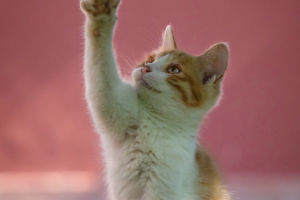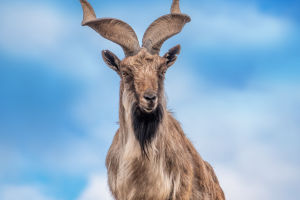Red-crowned Crane is named after the "red flesh crown" on the top of its head. It is a unique bird species in East Asia.
Its graceful body and distinctive coloring are symbolic of good luck, fidelity, and longevity in the culture of this region. It is a Grade 1 protected animal.
The red-crowned crane has a long beak, a long neck, and long legs. The adult cranes have a long life span of 50-60 years, except for the black neck and the back end of the wings, the whole body is white and the skin on the top of the head is bare and bright red.
The red-crowned crane migrates between its breeding and wintering grounds every year, except in Hokkaido, Japan, where it is a resident bird and does not migrate, probably due to the organized feeding of food by locals in the winter, which is an adequate food source.
The habitat of the crane is marshes and swampy meadows, and the food is mainly shallow water fish and shrimp, mollusks, and certain plant roots, which vary according to the season.
Adult cranes change their plumage twice a year, from summer plumage in the spring to winter plumage in the fall, which is a complete change of plumage and a temporary loss of flight ability.
The call of the red-crowned crane is very loud and clear, as a signal to clarify territory and as an important way to communicate during the rutting period. The red-crowned crane is a monogamous bird and can last a lifetime without special circumstances.
The red-crowned crane like to roost in the shallows around the water or by the reed ponds at night and roost in family groups, when it is particularly cold, the groups are closer together.
When resting, they often stand on one leg, with their heads turned back and inserted between the feathers on their backs. Whether feeding or resting, there is often an adult bird in the group that is particularly alert, constantly looking up and out, and when danger is found, it makes a "ko-lo-lo" call, and when danger is imminent, it will fly up in the air.
The red-crowned crane is slender, and graceful, with smooth and spiritual feathers, making them valuable conservation animals.
With the increasing human activities and the influence of climate change, the original habitat of the crane is gradually deteriorating, so humans must contribute to the protection of the crane.


